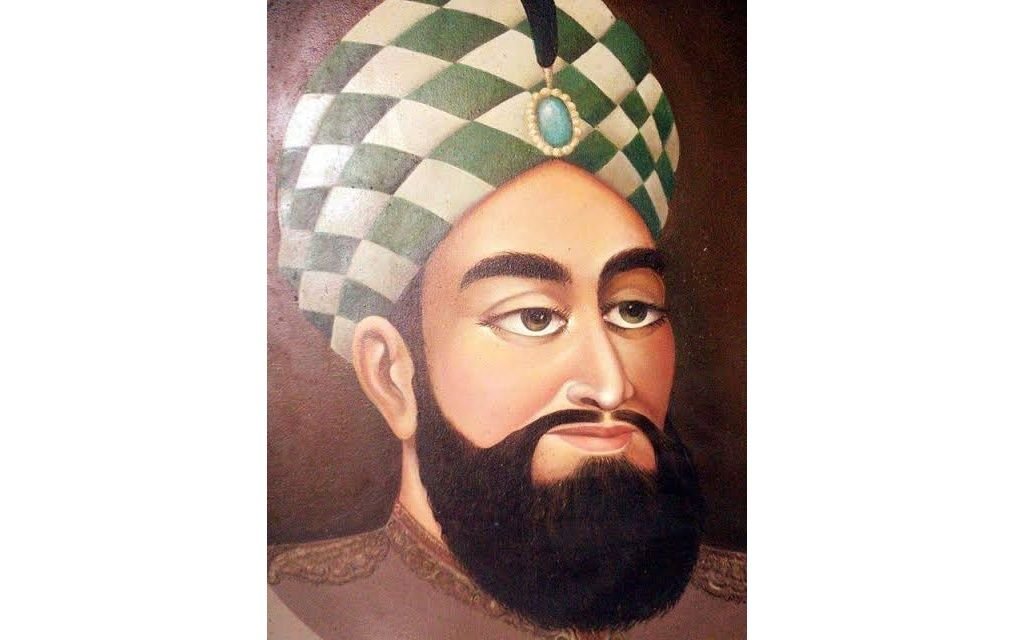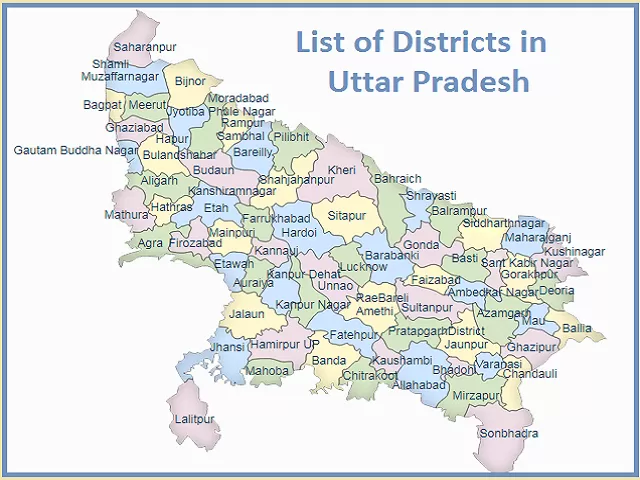Which Ruler is Known as “Akbar of Kashmir”?
In the annals of history, certain rulers earn epithets that resonate through the ages. One such figure, often referred to as the “Akbar of Kashmir,” is Zain-ul-Abidin, the illustrious ruler of Kashmir during the 15th century. Zain-ul-Abidin’s reign marked a pivotal era in the region’s history, characterized by cultural renaissance, administrative reforms, and socio-economic prosperity.

Why This News is Important
Understanding the legacy of Zain-ul-Abidin, known as the “Akbar of Kashmir,” is crucial for aspirants preparing for government exams, especially those aiming for positions in civil services and historical research. His reign symbolizes an era of enlightened governance and cultural flourishing, offering valuable insights into statecraft, cultural diplomacy, and socio-economic policies that resonate even today.
Historical Context
Zain-ul-Abidin, born in 1420 CE, ascended to the throne of Kashmir at a tumultuous period marked by political instability and social unrest. His reign spanned from 1420 to 1470 CE, a time when Kashmir was grappling with the aftermath of previous conflicts and needed a leader of vision and compassion to usher in an era of peace and development.
Under his rule, Kashmir experienced a remarkable resurgence in various spheres. Zain-ul-Abidin was not only a patron of art, literature, and architecture but also a visionary administrator who implemented policies aimed at fostering harmony and prosperity among the diverse communities of Kashmir.
5 Key Takeaways from “Which Ruler is Known as ‘Akbar of Kashmir’?
| Serial Number | Key Takeaway |
|---|---|
| 1. | Zain-ul-Abidin was a 15th-century ruler of Kashmir known for his administrative reforms and cultural patronage. |
| 2. | His reign is often compared to Akbar due to similarities in policies aimed at religious tolerance and socio-economic development. |
| 3. | Zain-ul-Abidin’s patronage of art and literature contributed significantly to Kashmir’s cultural renaissance. |
| 4. | He implemented land reforms and taxation policies that improved the economy and reduced social disparities. |
| 5. | His rule marked a period of relative peace and stability in Kashmir, fostering an environment conducive to intellectual and artistic pursuits. |
Important FAQs for Students from this News
Q1: Who was Zain-ul-Abidin?
- A: Zain-ul-Abidin was a 15th-century ruler of Kashmir.
Q2: Why is Zain-ul-Abidin called the “Akbar of Kashmir”?
- A: He is compared to Akbar due to his policies of religious tolerance and socio-economic reforms.
Q3: What were some of Zain-ul-Abidin’s contributions to Kashmir?
- A: He patronized art, literature, and architecture, and implemented land reforms and taxation policies.
Q4: How did Zain-ul-Abidin’s reign impact Kashmir’s history?
- A: His rule brought about cultural renaissance and socio-economic stability in the region.
Q5: Why is understanding Zain-ul-Abidin’s legacy important for aspirants preparing for exams?
- A: It provides insights into governance, cultural patronage, and historical perspectives relevant for competitive exams.
Some Important Current Affairs Links

















